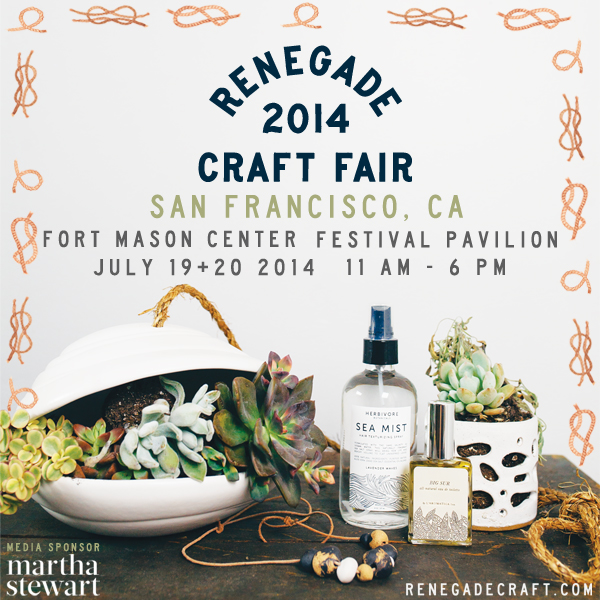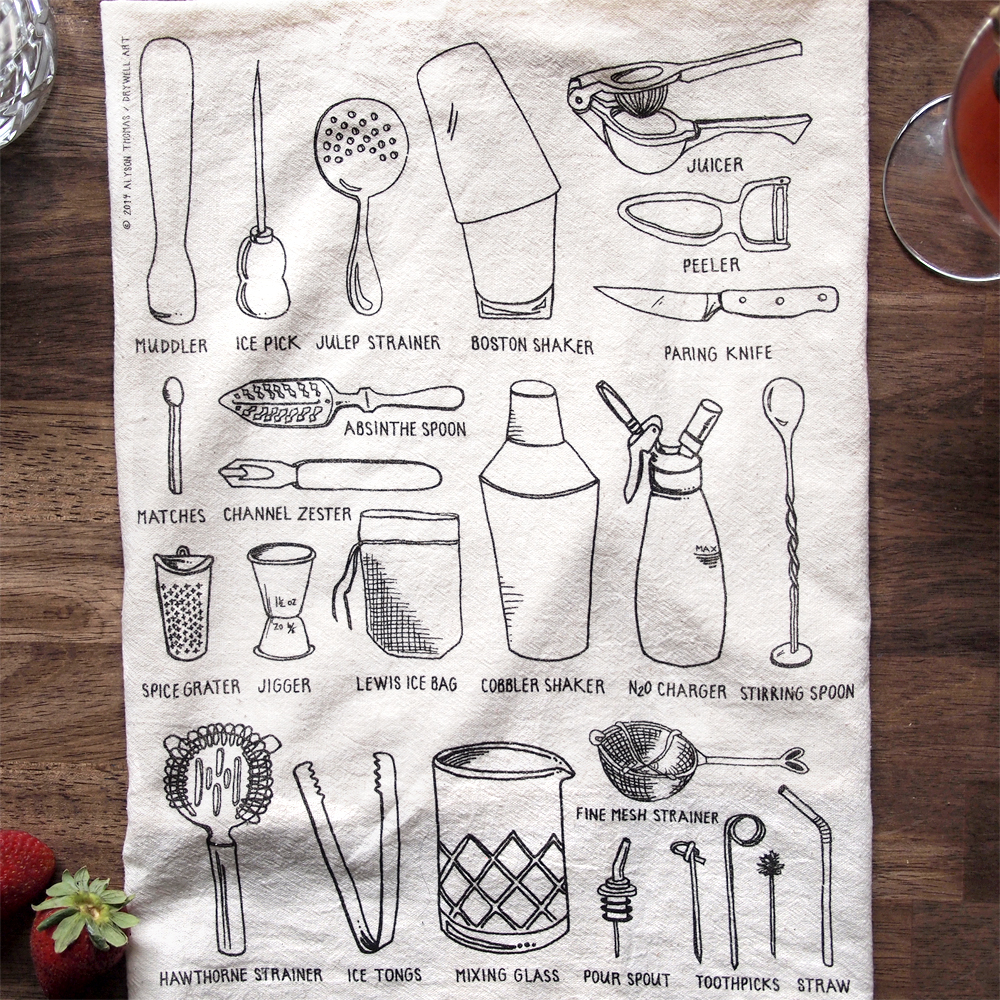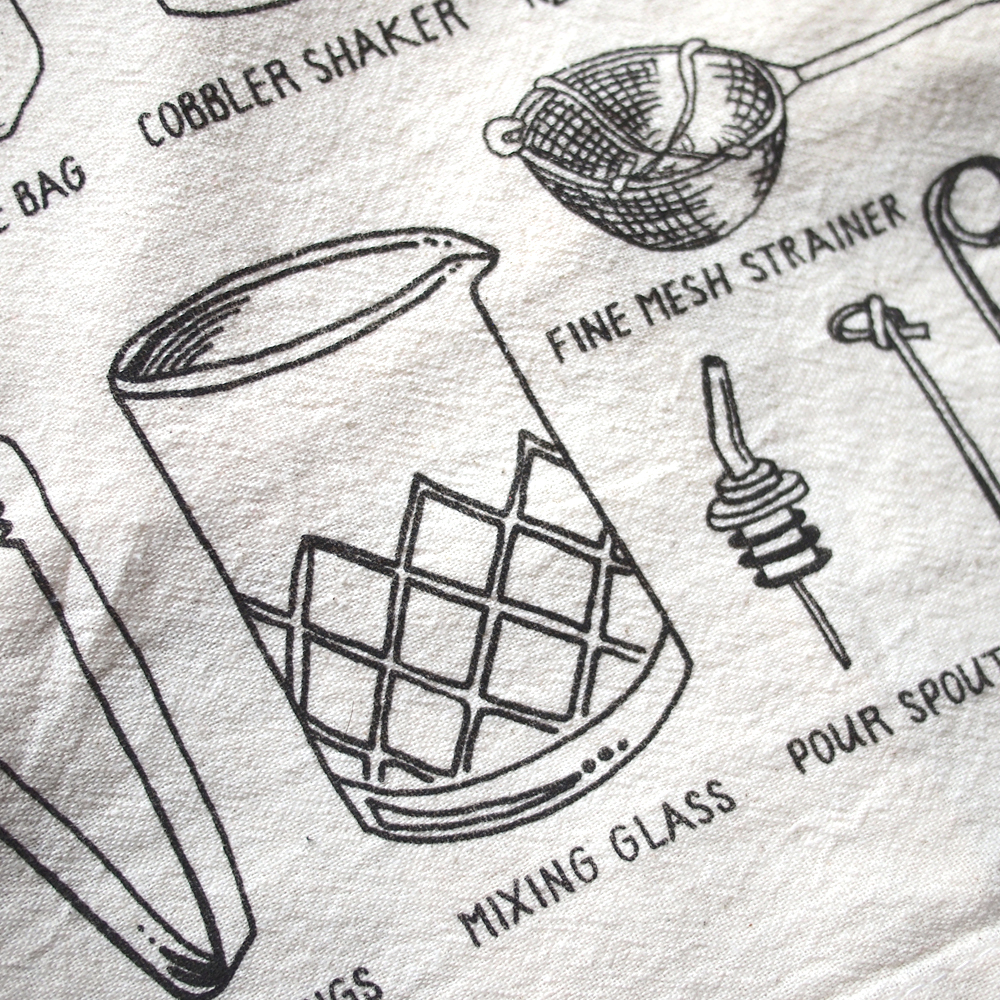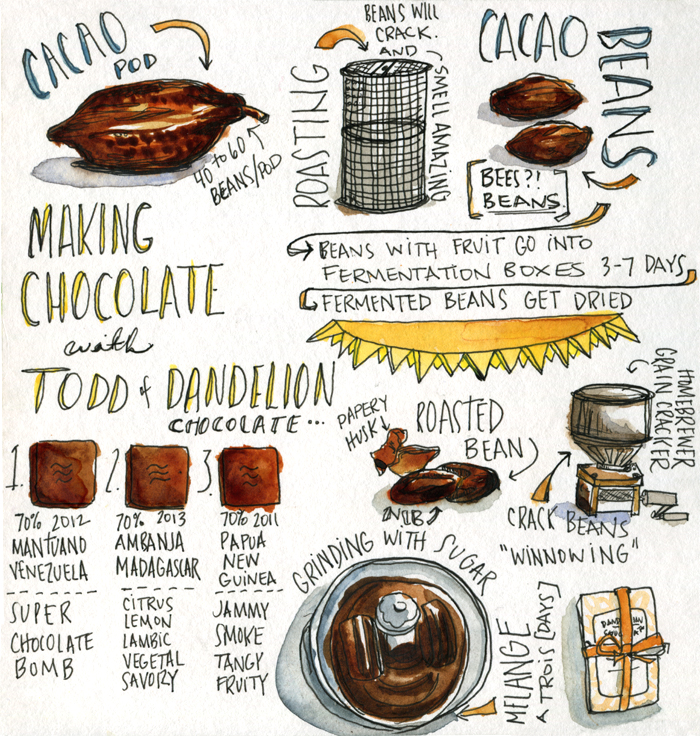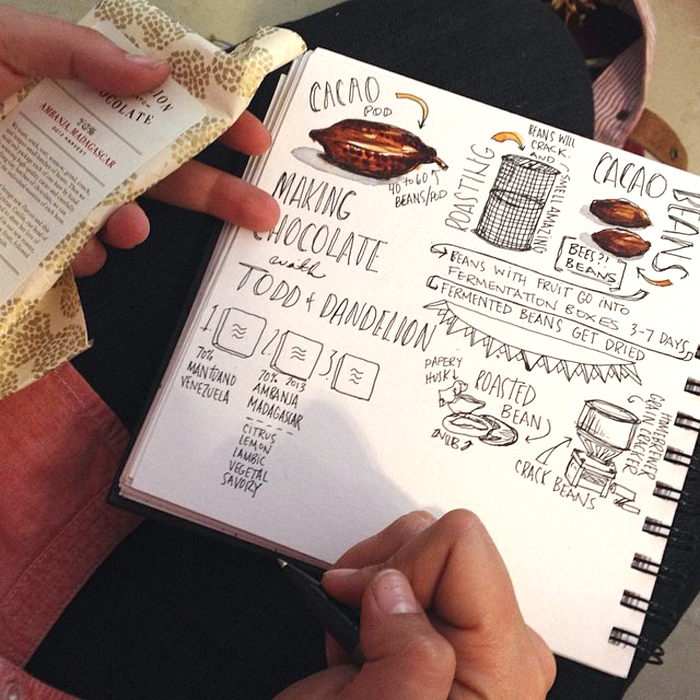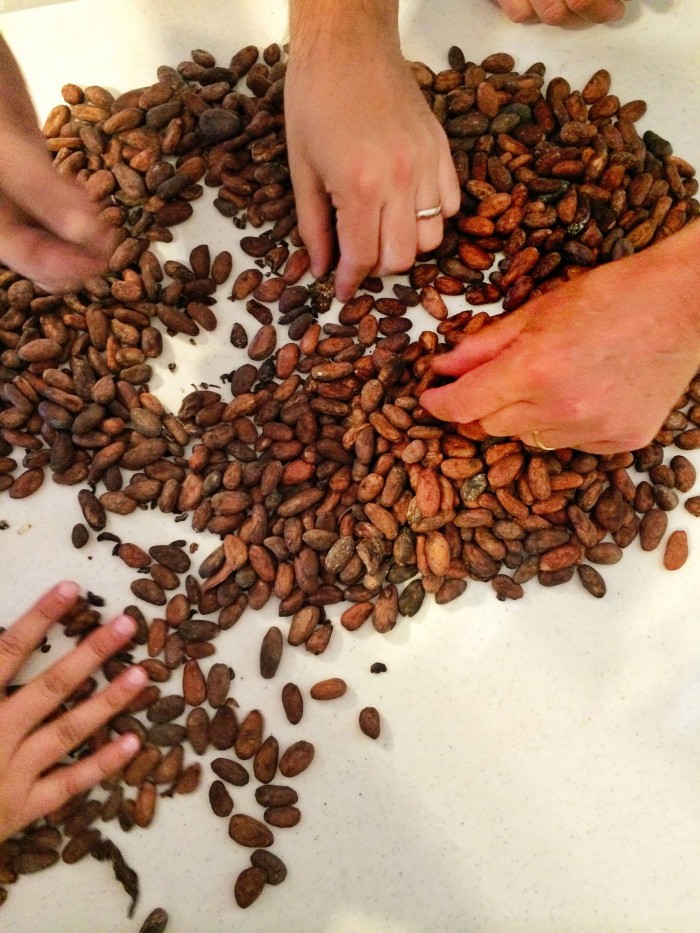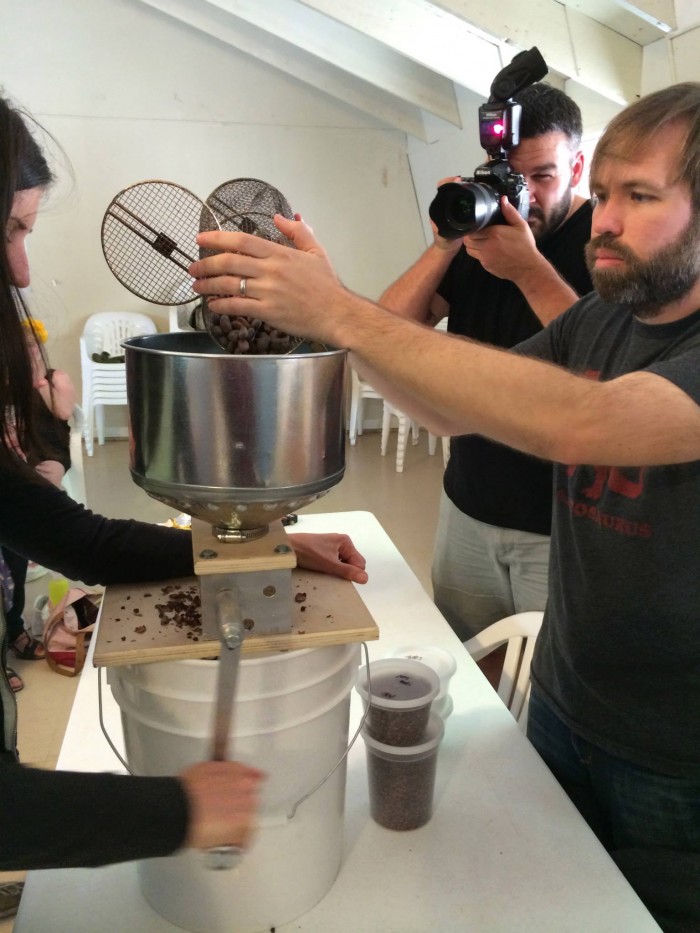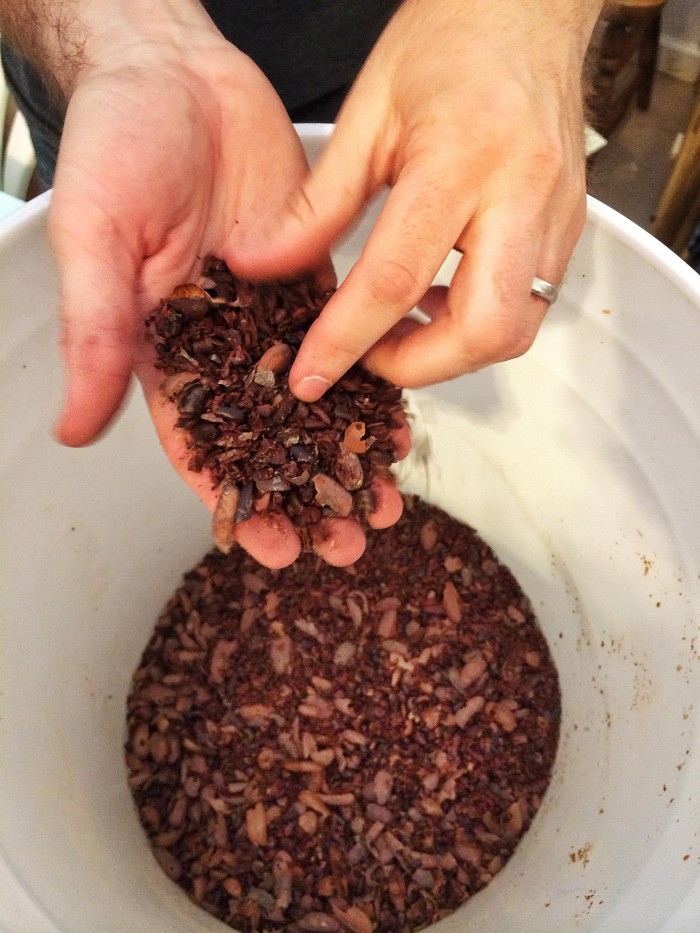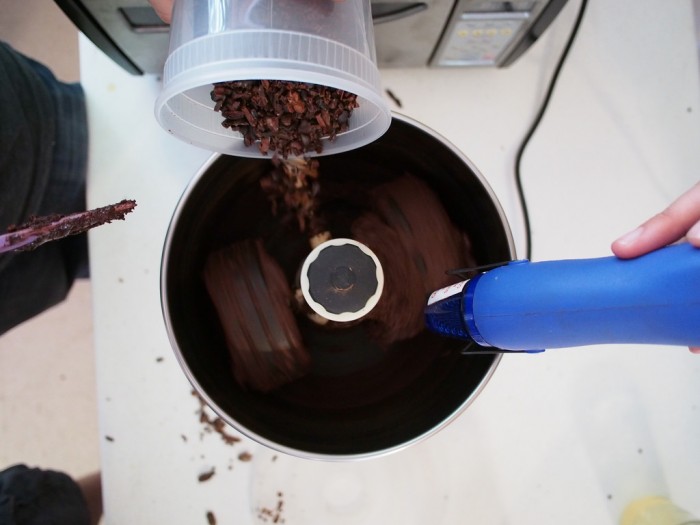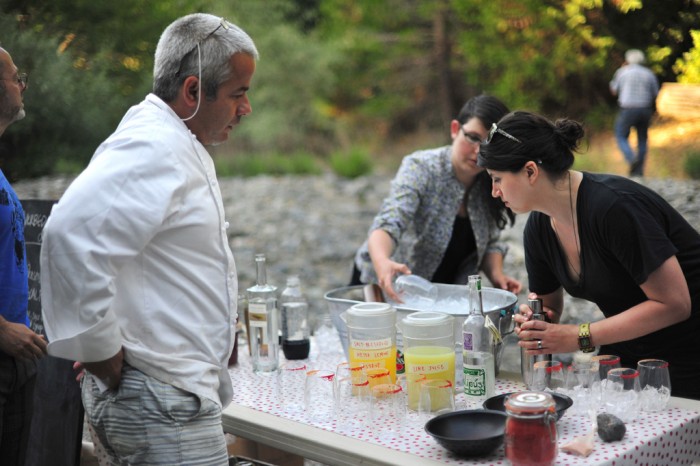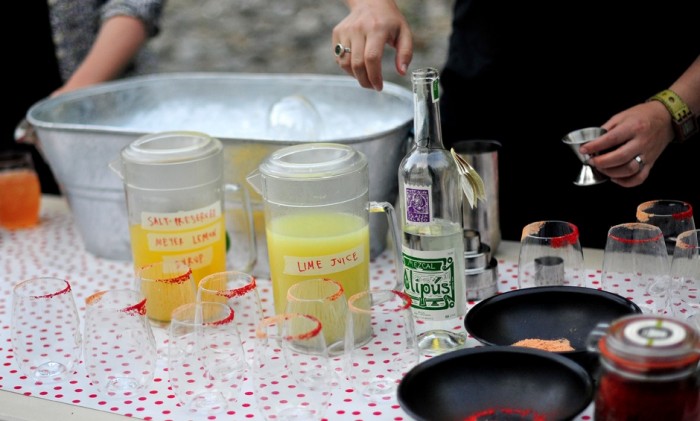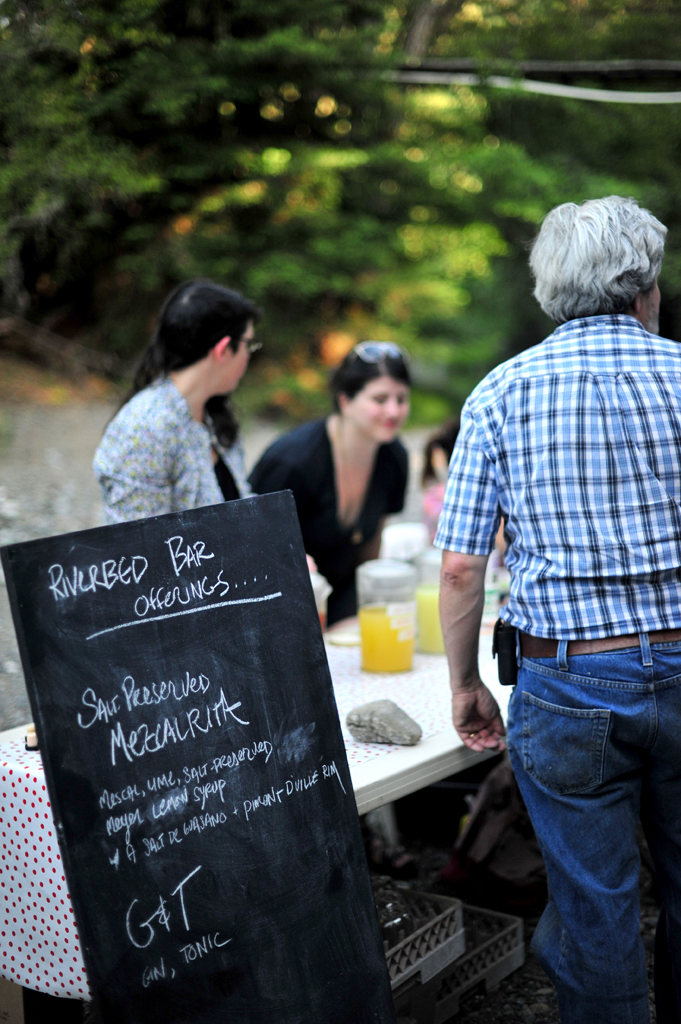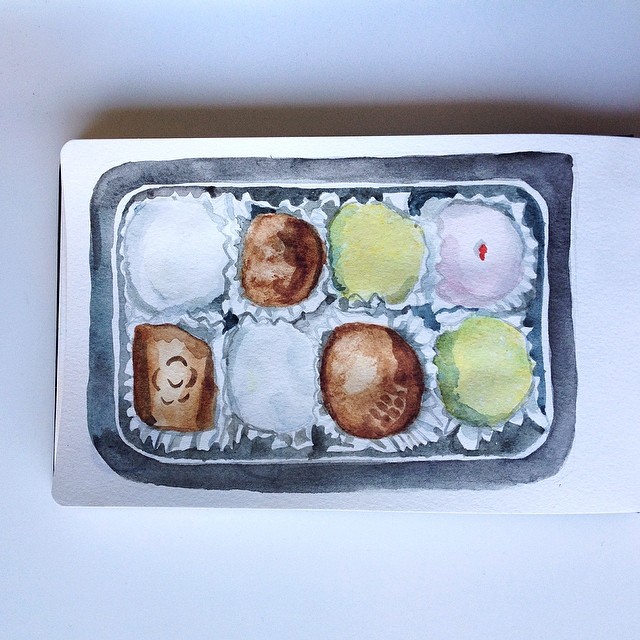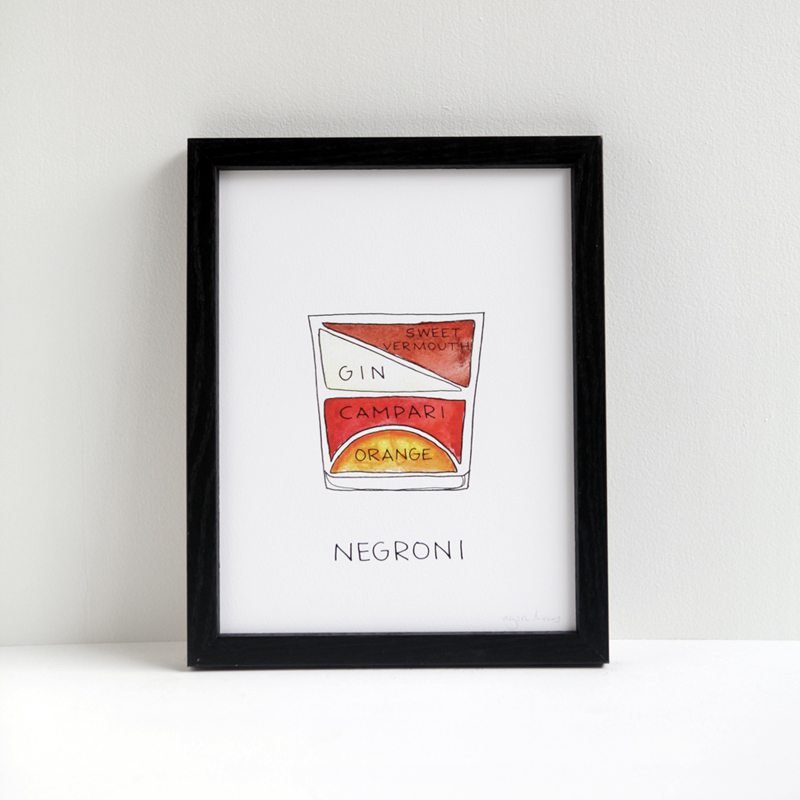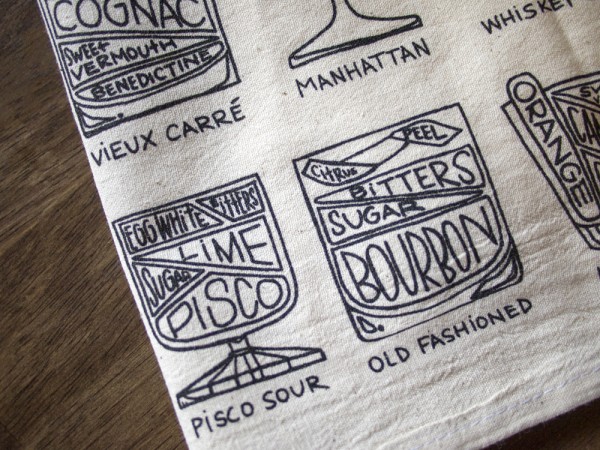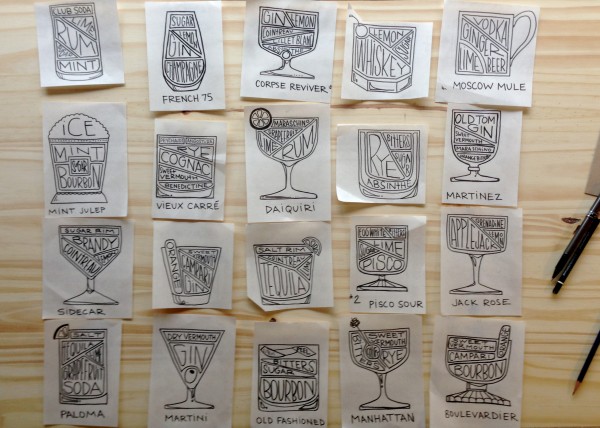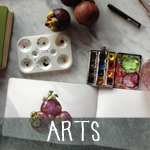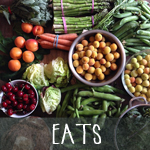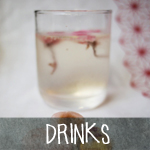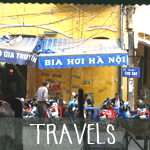
Hanami at Yoyogi Park
Yes, we’ve been back from our trip for awhile, but man, I have caught the Japan bug again. Big time. This was my second time in Japan and I’m kind of ready for a third time around. There is just so much to see, discover, and eat and always in such a pleasant and sensible atmosphere.
Days in Japan: 19
Cities Visited: Tokyo, Takayama, Kyoto, Fukuoka, and a relatively unmemorable suburb of Osaka.
Most days in one city: Fukuoka, where we spent 10 days.
Best money spent: Every single yen spent on food. The Japan Rail shinkansen passes. Our one night in a ryokan in Takayama, complete with semi-private onsen bath.
Favorite Japanese hotel chain: My Stays, hands down. Larger than most (relatively speaking) and most clever use of limited space. Also, a desk and chair. Score.
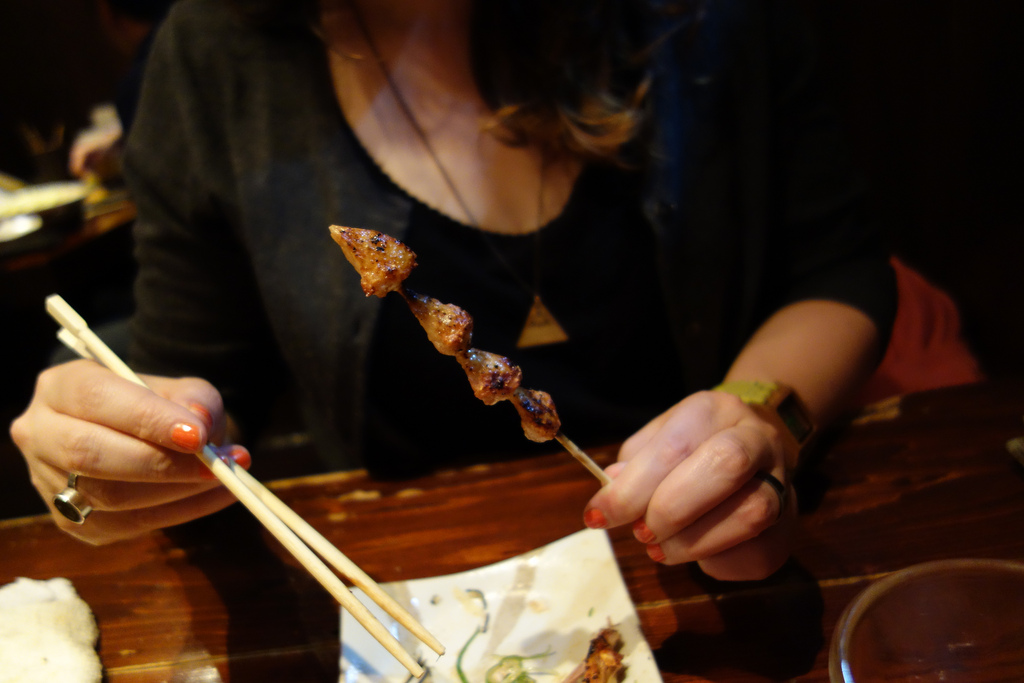
bonjiri (tail) yakitori at Hatchibei, Fukuoka
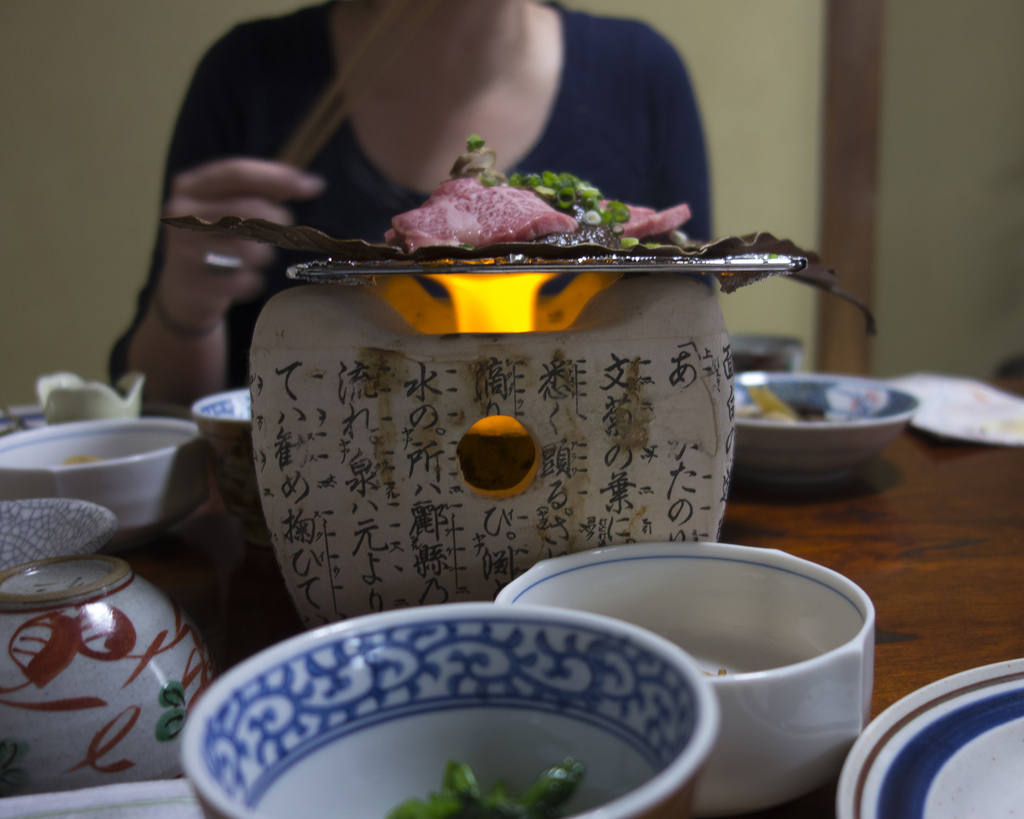
Hide beef on a magnolia leaf. A local speciality, served at our ryokan in Takayama
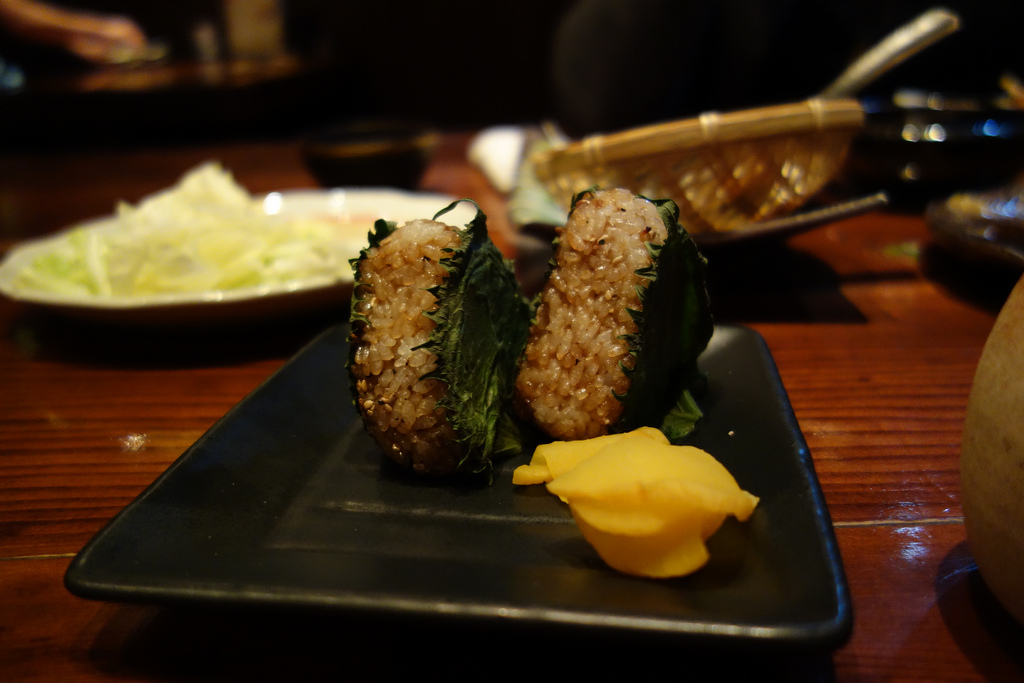
Yaki onigiri (grilled rice balls) with shiso leaf at Hatchibei, Fukuoka.

Plate of sushi, including seared sushi, from Sushi Maru at Tsukiji Fish Market, Tokyo.
Favorite dishes: Tsukemen ramen from Rokurinsha at Tokyo station. Chicken tail and pork belly yakitori at Hatchibei in Fukuoka. Seared salmon at Sushi Maru at Tsukiji Fish Market in Tokyo.
Worst food : This is tough. Nearly everything we ate was amazing. Probably the worst was the random sea snail, in shell, in my train station bento box. It tasted exactly like you’d expect a sea snail to taste.
Favorite places to get food: Train stations, department stores and convenience stores. Was this the best food? Sometimes, not always. But I could always easily get what I wanted without too much of a language barrier.
What I missed out on doing this time: Tea ceremony, visiting cocktail bars in Tokyo (boo illness), and eating at a yatai in Fukuoka. Fukuoka is one of the few places in Japan where street food is still allowed. The yatai are temporary street food stalls that open at night all around the city. They typically specialize in one type of food.
Number of bowls of ramen (NOT including tsukemen): 12
Number of bowls of ramen, including tsukemen: 14
Number of times extra noodles were ordered: 3 (twice for steve, once for me)
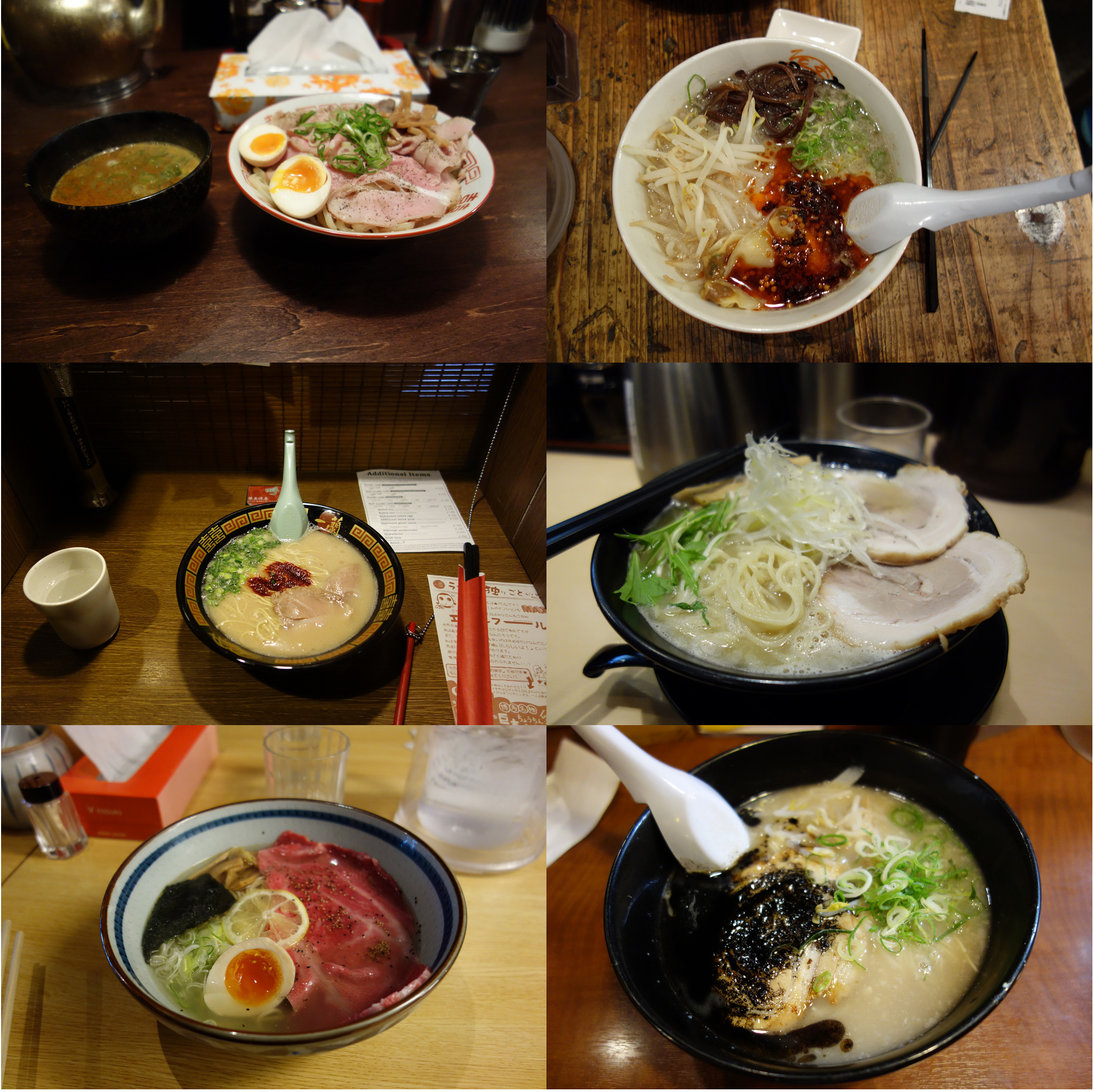
Just a few bowls of ramen. Top left, clockwise: Tsukemen dipping noodles, spicy miso ramen, tonkotsu ramen with mizuna, black garlic tonkotsu ramen, Hide beef ramen, and super orderly ramen from Ichiran.
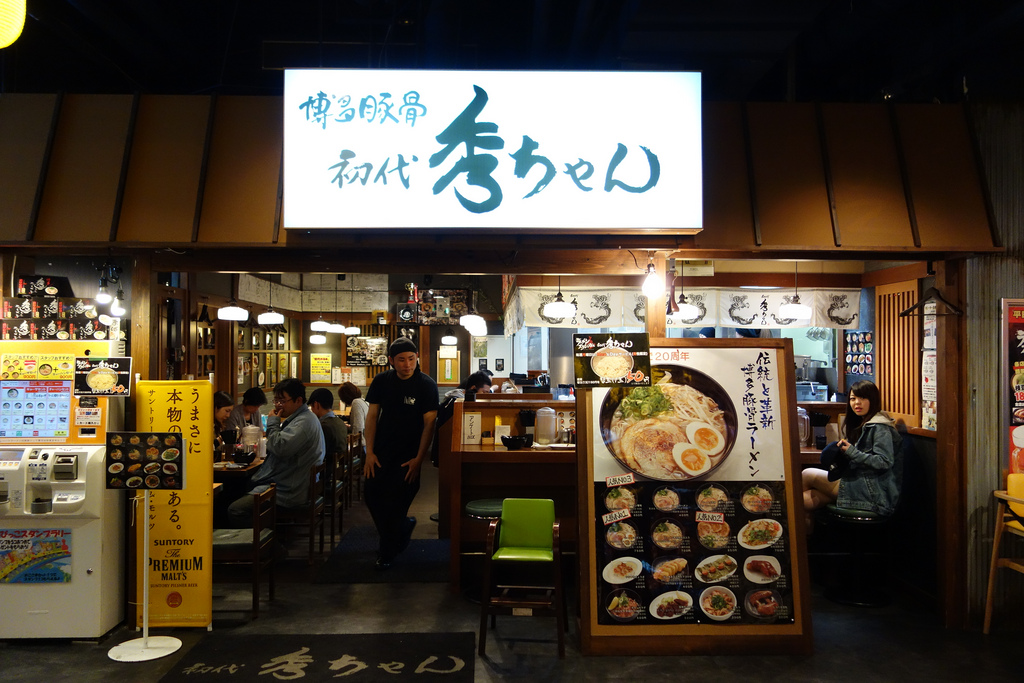
Our favorite ramen in the Ramen Stadium at Canal City, Fukuoka.

Teeny tiny gyoza, served everywhere ramen is served in Fukuoka. Often comes with either hot mustard or yuzu pepper.
What I’ll miss: Ubiquitous and orderly convenience store and train stations. Eating onigiri for breakfast. Matcha everything. Hot drinks from vending machines. Green Dakara (a vitamin hydration water). Ramen. What we have in San Francisco is generally crap compared to nearly every bowl I ate in Japan, especially in Fukuoka.
Most surprising: The provocative dress of 80% of young females in Fukuoka. The prevalence of dachshunds. That most Japanese people could actually speak English quite well, but were often too shy to do so at first. Alcohol helped with this.
Least surprising: How often we were excited to see something new, that we didn’t know existed.

Yakitori grill master.
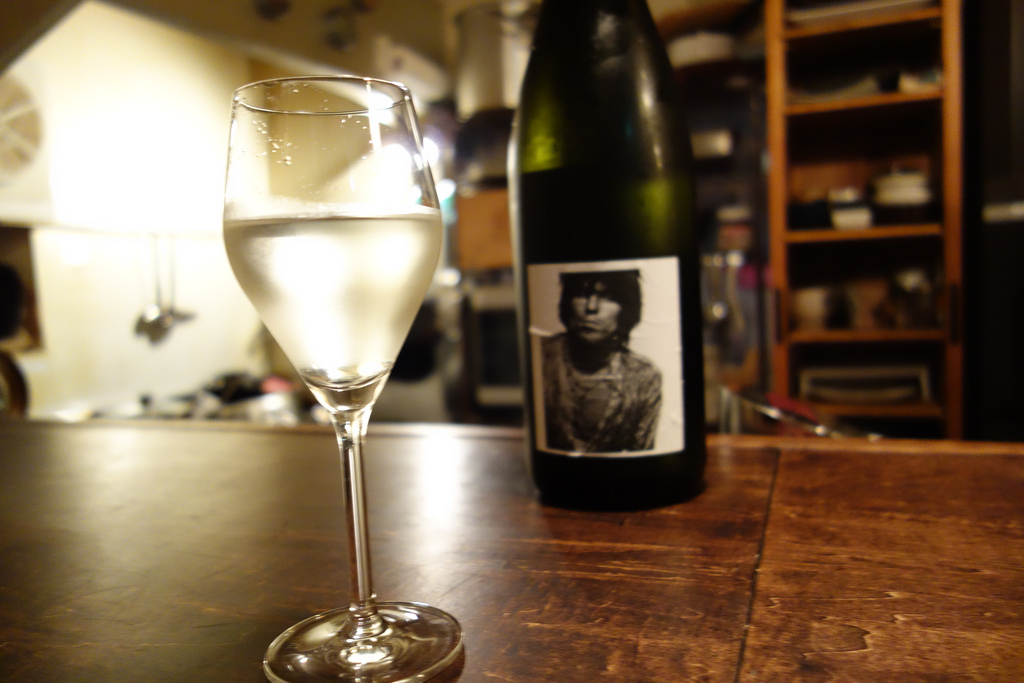
The Doors loved nihonshu?
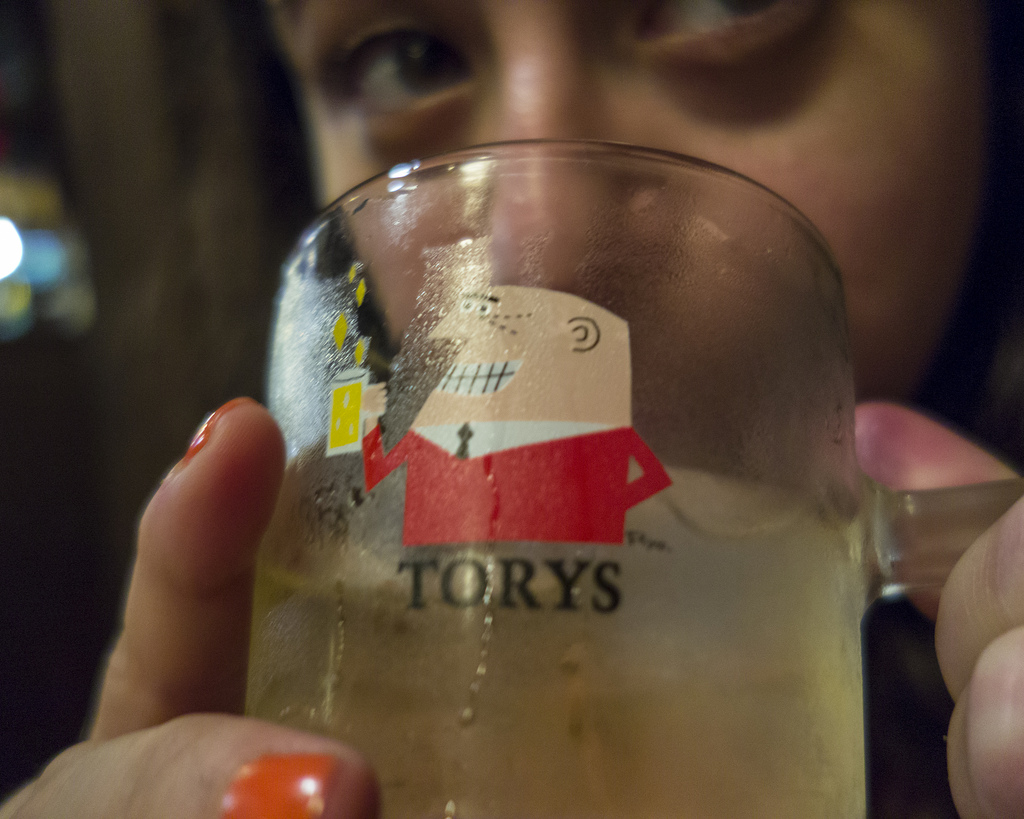
Tory’s whiskey highball. Classy stuff.
Beer situation: Again, lots of lagers, like Sapporo, Asahi, and Orion. We went to a pretty cool craft beer bar in Tokyo, and managed to find some local brews in the hot springs town of Takayama. I was down with a cold for most of the trip, but once I felt better, I drank sake or Tory whiskey highballs.
Least favorite: Hands down, the feeding time at the monkey park in Kyoto. It was super weird, yes, but panic-inducing for this devout monkey-hater. I think this was Steve’s favorite moment. And probably the favorite for our two friends Pete and Kimra who visited with us. Have I mentioned what a good friend I am?
Most frustrating : Not being able to communicate with people OR easily read menus. The latter issue meant that we had to plan a fair bit more than we typically like to with eating. Wandering around trying to find a place that we could order at easily without English (typically yakitori, sushi or ramen) or searching for a place with an English menu was tiring and sometimes frustrating. Not being able to talk to locals was equally frustrating. Japan is an amazing country and I really would have loved to chat more with locals, especially at restaurants about the food. Not surprisingly then, some of my favorite moments were those that involved English-speakers.
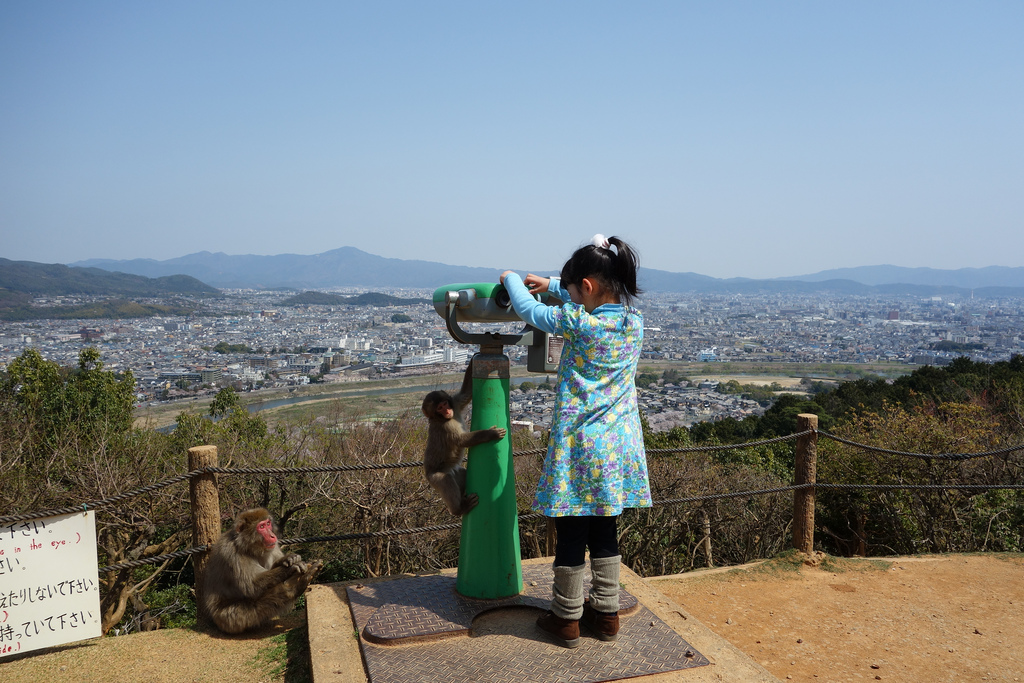
Favorite moments: Hanami (the specific term for picnicking under cherry blossom tress during sakura season) at Yoyogi park on Sunday. Successfully finding Sushi Maru at Tsukiji, and having one of the best sushi meals of my life, all while the chumps were still waiting in line at Sushi Dai.
Our night out at Bar Oscar in Fukuoka, where we sidled up next to a nice Japanese business man, who turned out to not only speak English, but also worked for Suntory. We spent the next four hours chatting in broken English, buying us rounds of Suntory whiskies and American bourbon and showing us a photo album of his trip to the distilleries in Scotland with the bar owner, Shuuichi.
The insane Japanese businessman business card exchange we witnessed on our very last night in Japan, at a wine bar outside a suburban Osaka train station. We made a bee-line for the place after I saw that they had Blanton’s bourbon on the menu (technically it was “Branton’s Bourbon” on the menu). There was no menu, which meant we had to guess what kind of food they might be able to make us. We ordered a delicious om-rice and curry, and chatted with the bartender, sometimes in English, sometimes in French (he had been a sommelier in Paris for 3 years). After a bit, a group of businessmen trickled in to watch the opening home game of the Osaka Tigers. We’re not entirely sure what happened, but one guy was very excited to see the other and a 5-way business card exchange, replete with bowing, ensued.
That sums up Japan. Totally confusing and completely charming. Thanks, Japan. You are awesome.
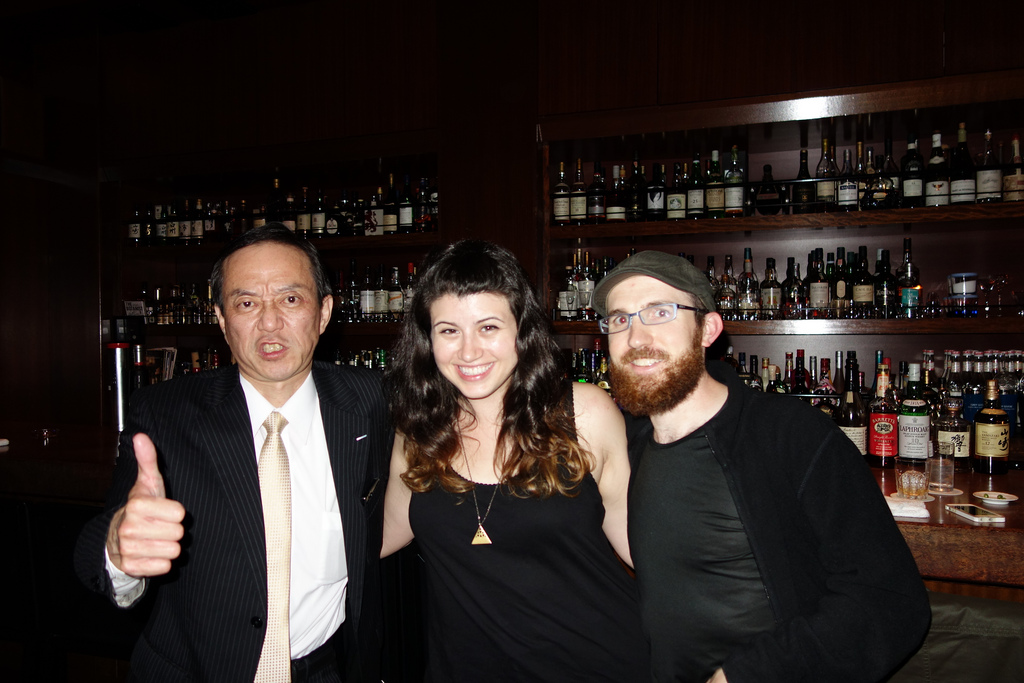
Our favorite Suntory rep.
